Breakthrough in R2R Coating: EHD Cuts Thickness Variation by 64 Percent
Can Voltage Control Solve Roll-to-Roll Coating Instability?
A recent study titled "Control of Meniscus Formation Using an Electrohydrodynamics Module in Roll-to-Roll Systems for the Stable Coating of Functional Layers" addresses a persistent challenge in high-speed roll-to-roll (R2R) coating systems. Meniscus instability, which leads to uneven coating layers and reduced product performance, has long limited production speeds and output quality in applications like battery manufacturing, flexible electronics, and thin-film devices. The study introduces an electrohydrodynamic (EHD) module that improves the stability of the coating meniscus and achieves more uniform thickness profiles, even at higher web speeds. The results indicate not only improved precision in coating but also the potential for significant increases in production speed.
The coating process plays a critical role in determining the performance and reliability of final products. As the demand for faster and more precise manufacturing processes grows across various industries, enhancing R2R coating techniques is more important than ever. This study explores how electric fields can be used to control ink behavior during the coating process, improving the uniformity and stability of the applied layers. The approach taken by the researchers represents a step forward in integrating real-time, scalable control mechanisms into existing R2R platforms without compromising efficiency or material compatibility.
Key Highlights
Study introduces an electrohydrodynamic (EHD) module for slot-die coaters
Cross-machine direction (CMD) thickness variation reduced by up to 64.5%
Coating stability improved, allowing a 300% increase in web speed
Voltage application enhances ink spreadability through electric field forces
Approach applicable to both conductive and non-conductive inks
Meniscus geometry tracked via camera and image processing
SEM analysis confirms improvements in coating uniformity
System enables scalable, high-speed manufacturing with improved precision
Understanding the Technology: What is the Problem and How Does EHD Help?
Slot-die coating in R2R systems involves the precise deposition of functional inks onto a moving substrate, often polymer-based films like PET. A critical factor in this process is the formation of a stable ink meniscus at the coating head. At low speeds, this meniscus tends to remain stable, producing an even coating. However, as the production speed increases, instability in the meniscus becomes more pronounced. This instability causes uneven distribution of the ink, often creating striping or non-uniform thickness across the coated layer. The thickness profile, especially in the cross-machine direction (CMD), directly impacts the functional performance of devices like batteries, capacitors, or transistors.
The study tackles this challenge by introducing an EHD module to apply a controlled voltage between the ink and the substrate. This generates an electric field that enhances the spreading behavior of the ink. As a result, the ink forms a more uniform meniscus, even at higher web speeds. The increased spreadability allows ink concentrated in the center of the web to redistribute toward the edges, effectively smoothing the CMD thickness profile. Unlike previous approaches that required changing the ink formulation or adjusting machine parameters, this method provides a dynamic, scalable, and efficient solution.
Learn the complete process of creating uniform thin films using a slot-die coater.
The Significance of the Study: Why It Matters for Industry
Roll-to-roll processing is increasingly being adopted for its scalability, cost-efficiency, and compatibility with flexible substrates. Industries such as energy storage, printed electronics, and photovoltaics depend on uniform functional layers to ensure consistent device performance. However, one of the key limitations of current R2R systems has been the inability to maintain coating quality at higher speeds. By addressing the meniscus instability through EHD modulation, this study opens the door to higher throughput without sacrificing quality.
Moreover, the ability to use this method with both conductive and non-conductive inks broadens its relevance. From battery electrodes to organic transistors, the applications are vast. The solution is especially attractive because it can be integrated into existing coating systems with minimal mechanical modification. It shifts the paradigm from passive ink formulation optimization to active, real-time control of coating dynamics, representing a more intelligent and adaptive approach to manufacturing.
Diving Into the Methods: How the Research Was Carried Out
To evaluate the EHD module's effectiveness, the researchers designed a series of experiments using both conductive silver ink and non-conductive dielectric ink. The coating was applied onto PET films under controlled conditions, with variables such as web speed, flow rate, and applied voltage carefully monitored. The EHD module introduced a voltage between the ink at the slot-die coater and the grounded substrate roll, creating an electric field across the ink-web interface.
High-resolution cameras captured changes in meniscus geometry in real time. Parameters such as bottom meniscus length (BML), top meniscus length (TML), and machine direction dynamic flow rate (MDDFR) were quantified from image data. Additionally, scanning electron microscopy (SEM) was used to analyze the final coating layers, verifying improvements in CMD uniformity and overall layer thickness.
The voltage was varied from 0 kV to 2 kV in the case of conductive inks, and up to 8 kV for non-conductive inks. At each stage, the resulting spreadability and coating uniformity were recorded. For conductive ink, the optimal improvement was observed at 2 kV, with CMD thickness variation reduced by over 60%. For non-conductive ink, similar improvements required higher voltage levels due to the lower dielectric constants involved.
The Laboratory Roll-to-Roll Coater makes double-sided slot-die coating simple.
Future Outlook and Relevance to the Industry
The integration of EHD modules into R2R coating systems holds strong promise for the future of large-scale flexible electronics and energy devices. As the demand for fast, reliable, and cost-efficient production processes grows, manufacturers are seeking ways to scale without compromising quality. This study demonstrates that real-time electrical control of ink behavior could be a key enabler of such scalability.
In future work, the researchers plan to develop predictive models that relate applied voltage to coating width and thickness. Such models could help manufacturers fine-tune their processes in real time, adjusting voltage dynamically to compensate for variations in ink properties or substrate conditions. This capability would bring a new level of automation and intelligence to R2R systems.
Additionally, extending the approach to inks with very low dielectric constants, or developing high-voltage modules that can further expand the range of compatible materials, could make this method universal across printed electronics platforms. The groundwork laid by this study opens up several new avenues for innovation.
Conclusion
This research provides a practical and effective solution to one of the major limitations in roll-to-roll slot-die coating: the instability of the coating meniscus at high production speeds. By introducing an electrohydrodynamic module that uses electric fields to manipulate ink spreadability, the study shows that manufacturers can achieve both higher throughput and greater uniformity in coating. The experimental results are compelling, with CMD thickness variation reduced by 64.5% and production speed increased by 300%.
Importantly, the approach is versatile, functioning with both conductive and non-conductive inks. It can be applied without major modifications to existing equipment and does not require changes in ink formulation. As the industry moves toward smarter, more adaptive manufacturing systems, this technique represents a significant advancement in roll-to-roll technology.
Choose the right slot-die head for your application Read our guide to understand which slot-die head is right for you.
Authors
Minjae Kim
Minho Jo
Jaehyun Noh
Sangbin Lee
Junyoung Yun
Gyoujin Cho
Changwoo Lee
Get Professional Support for Your Coating Needs
Need help with slot-die coating, coating machines, or any related applications?
Contact infinityPV’s experts today for professional guidance and support.



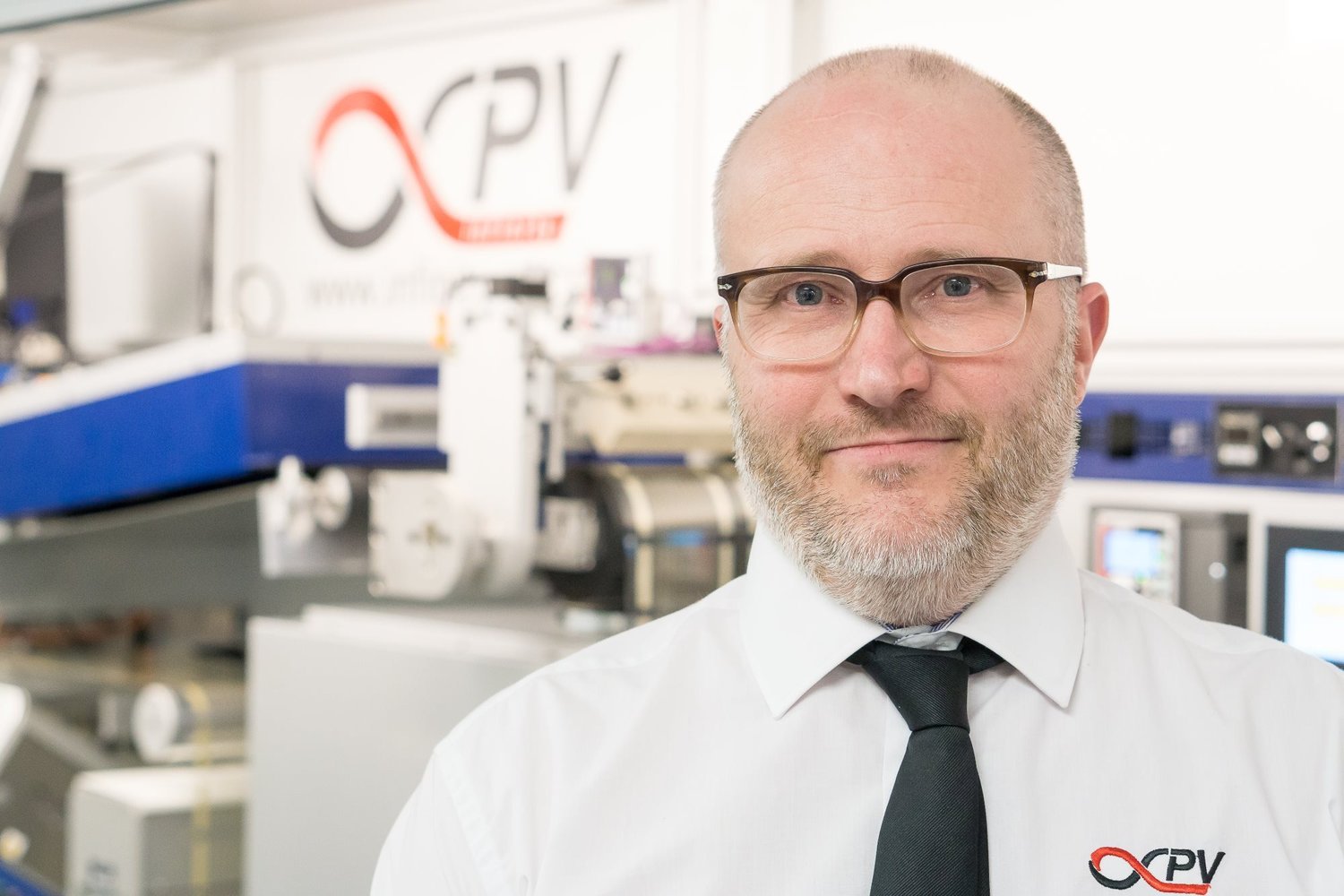
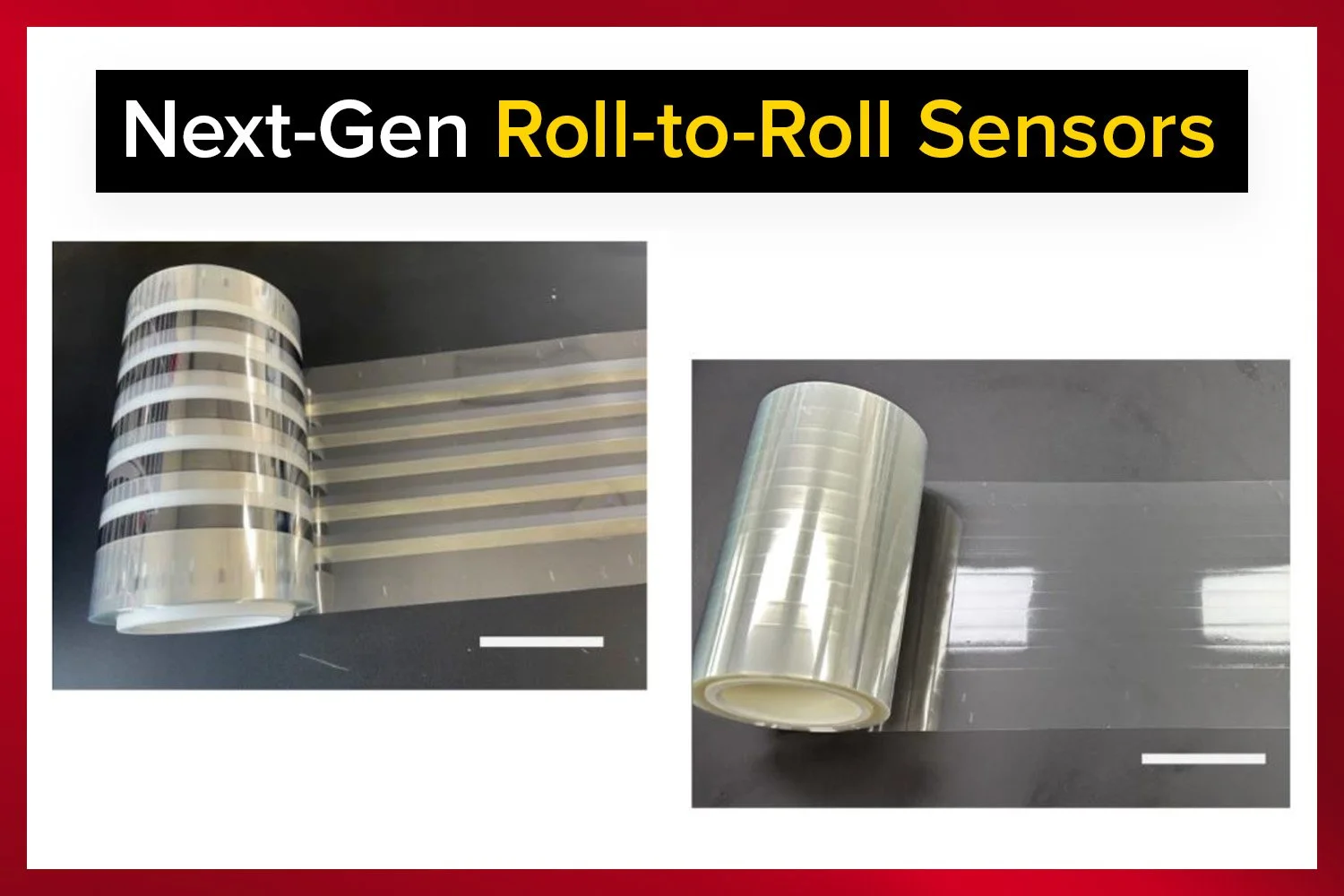





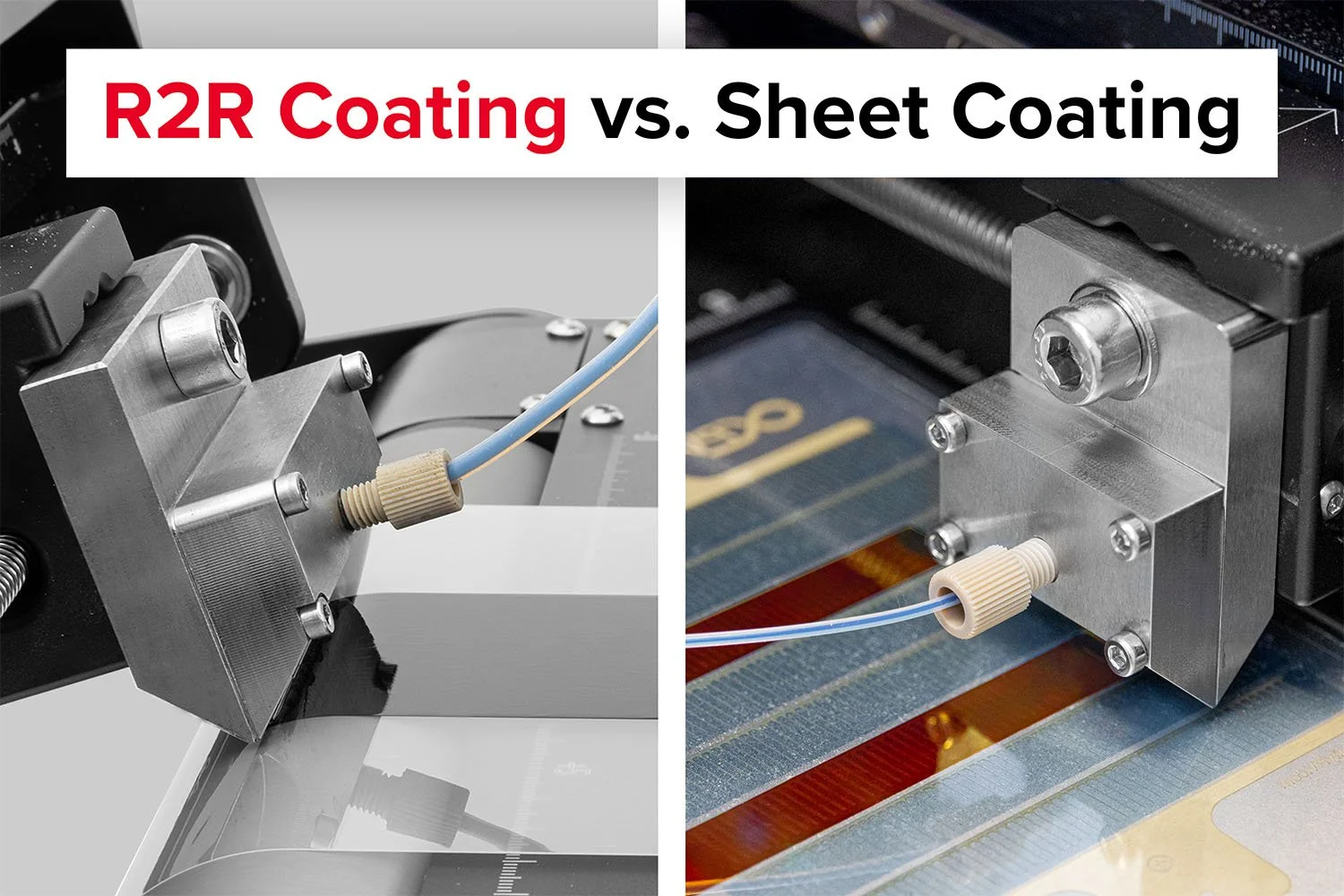

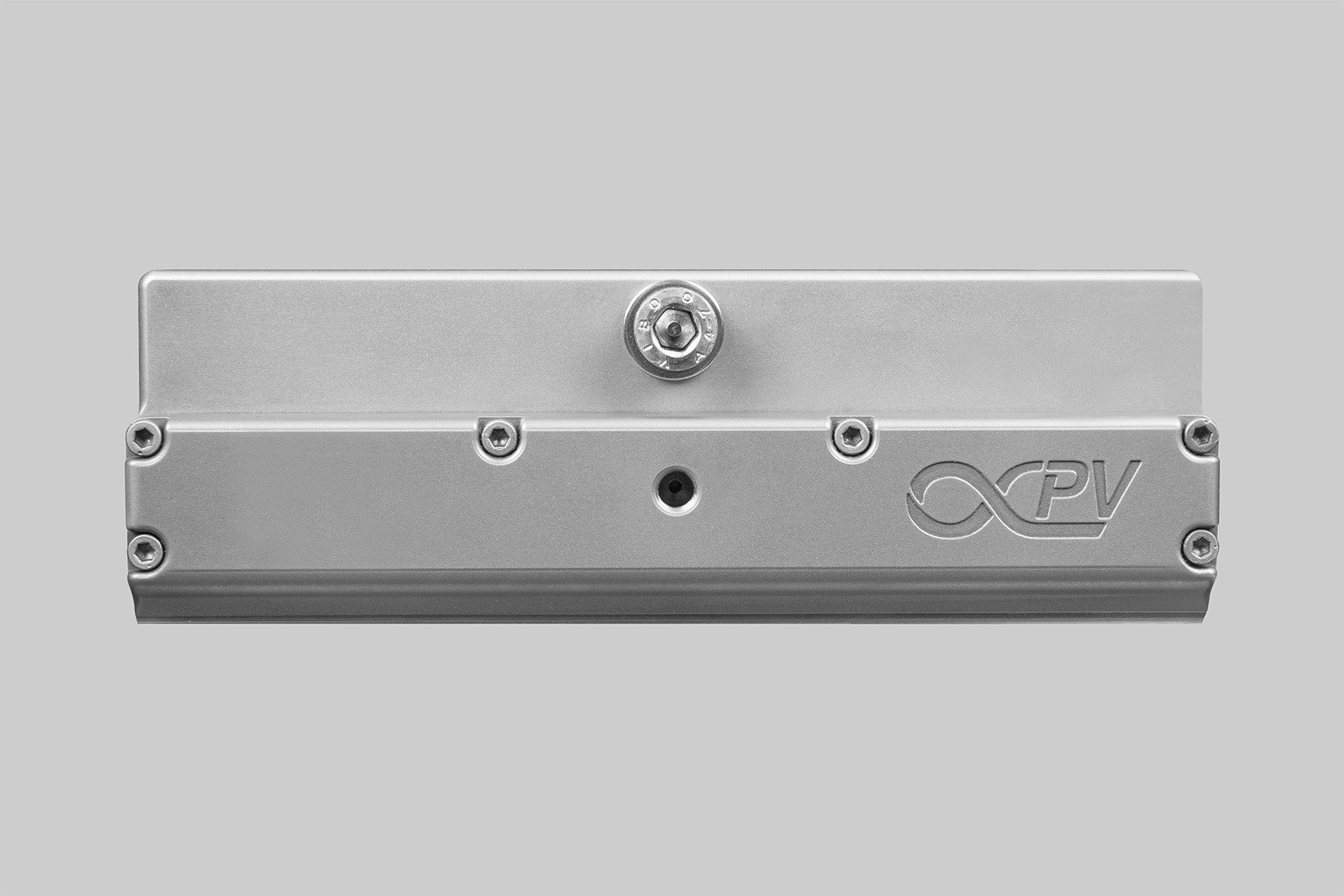

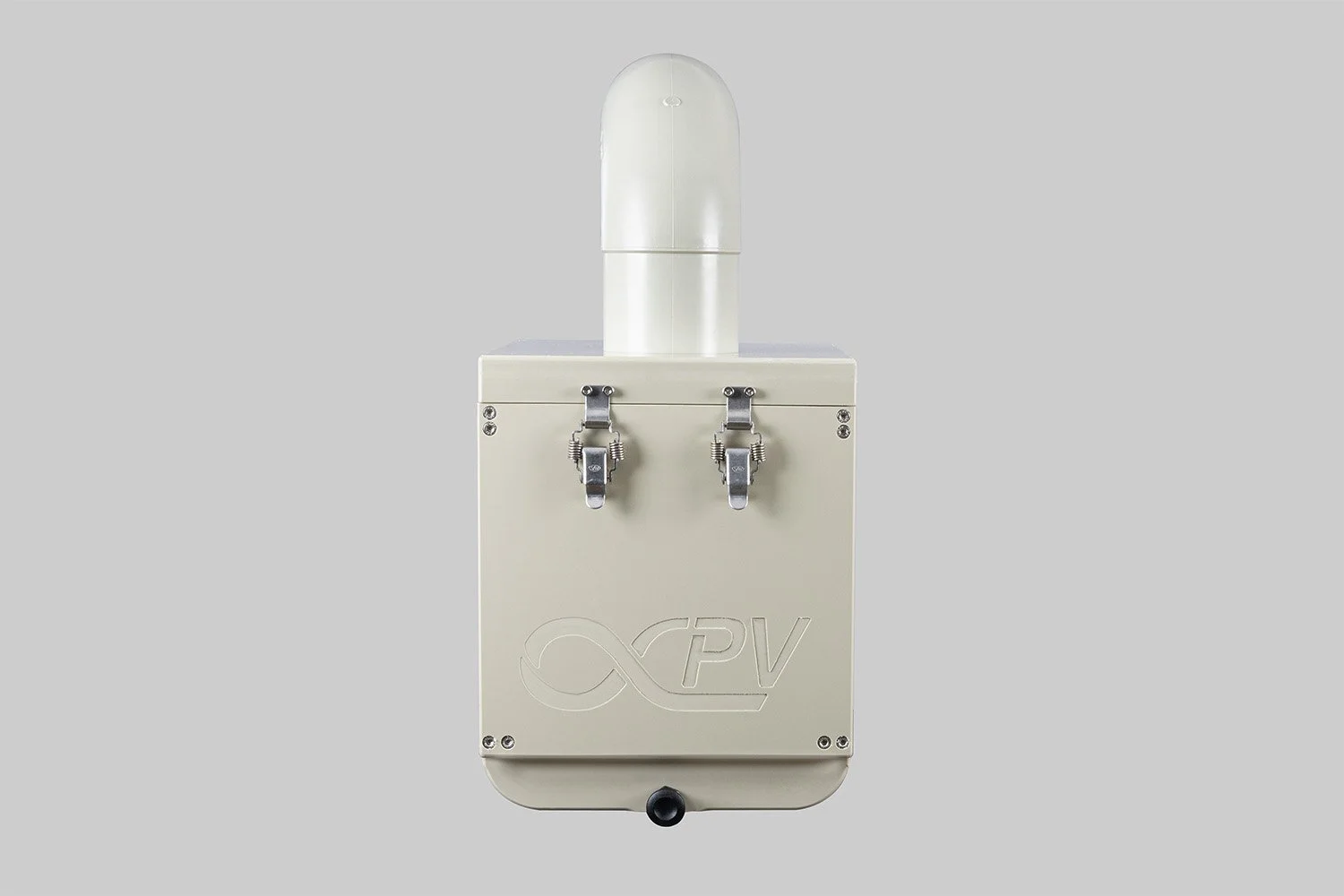


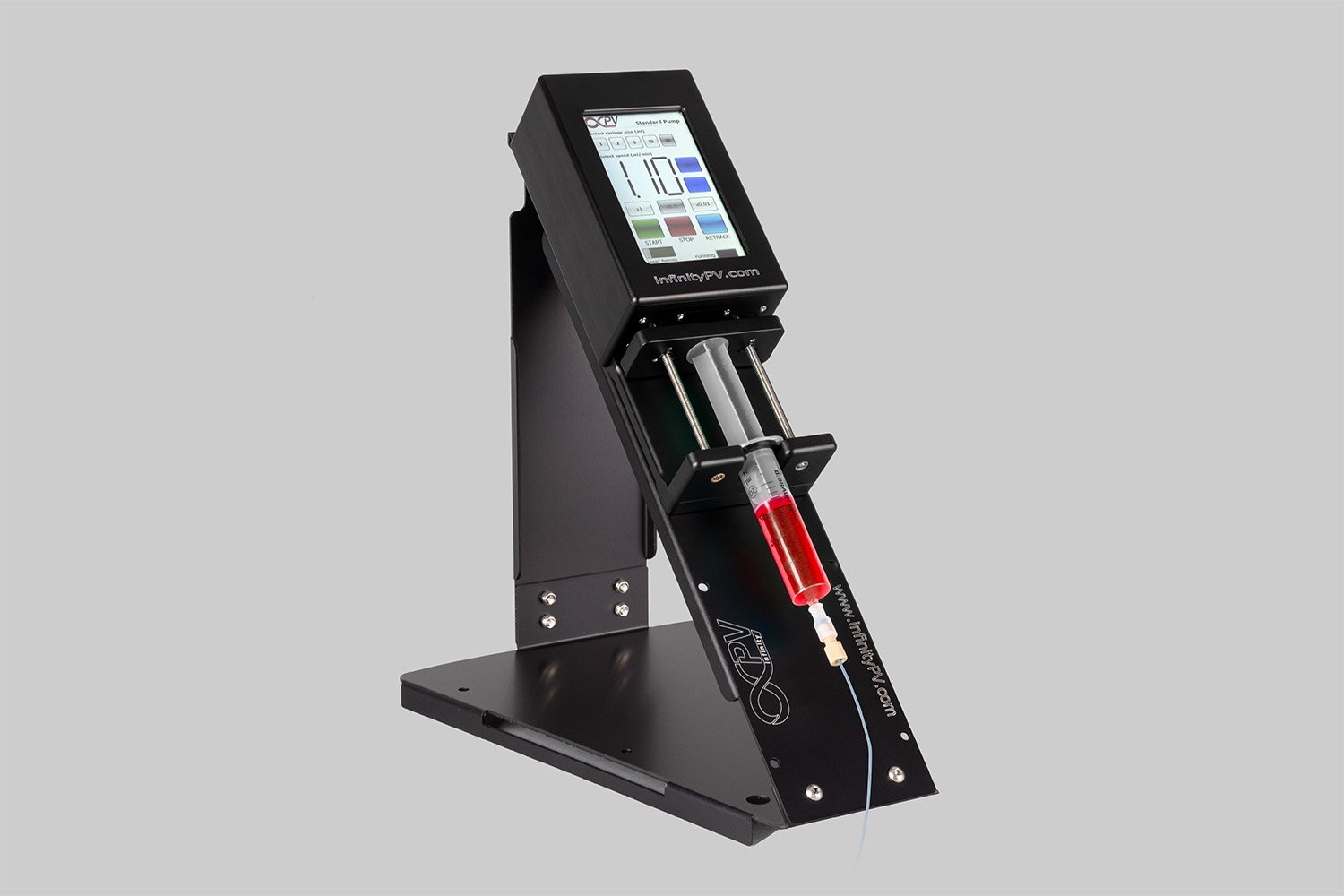
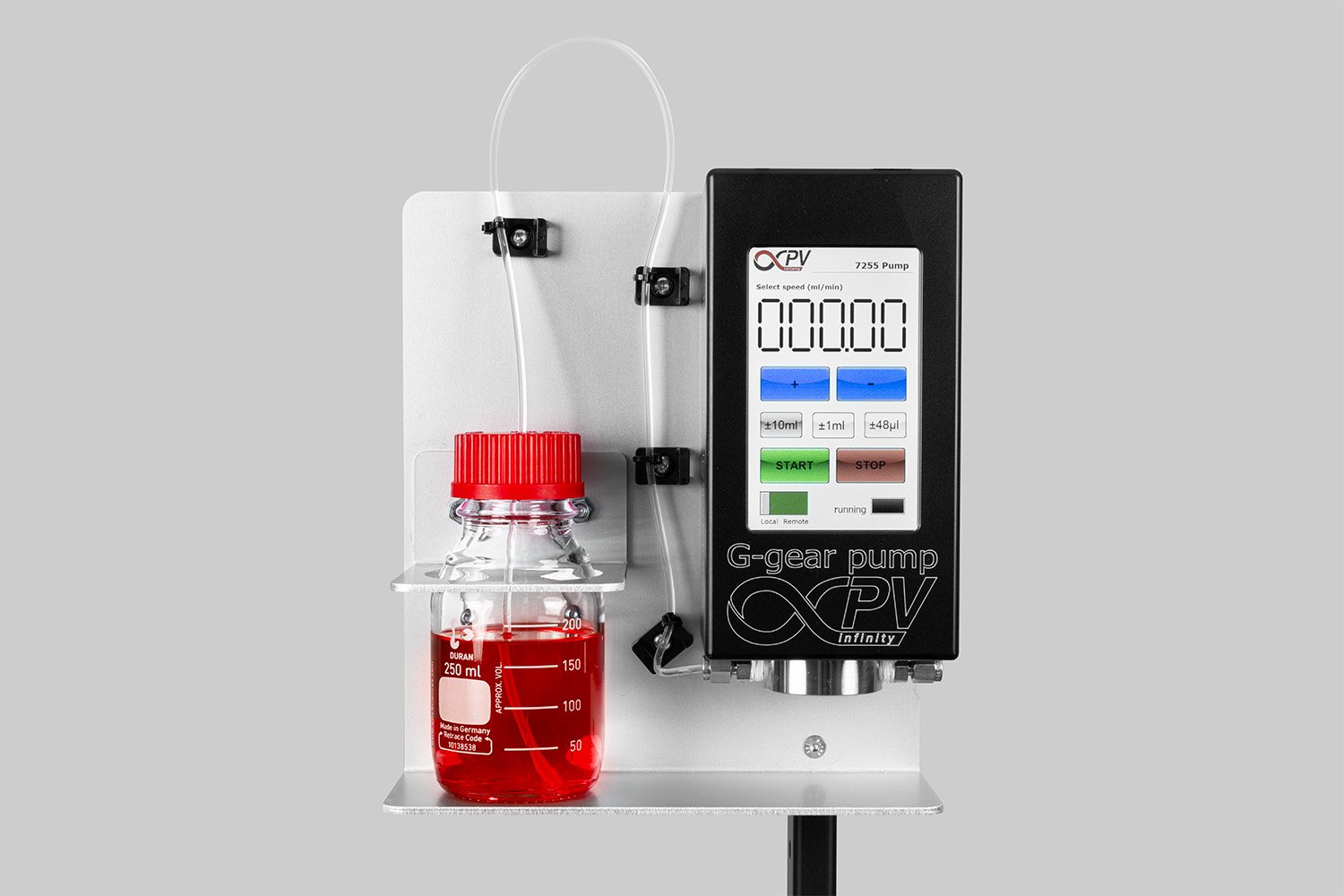
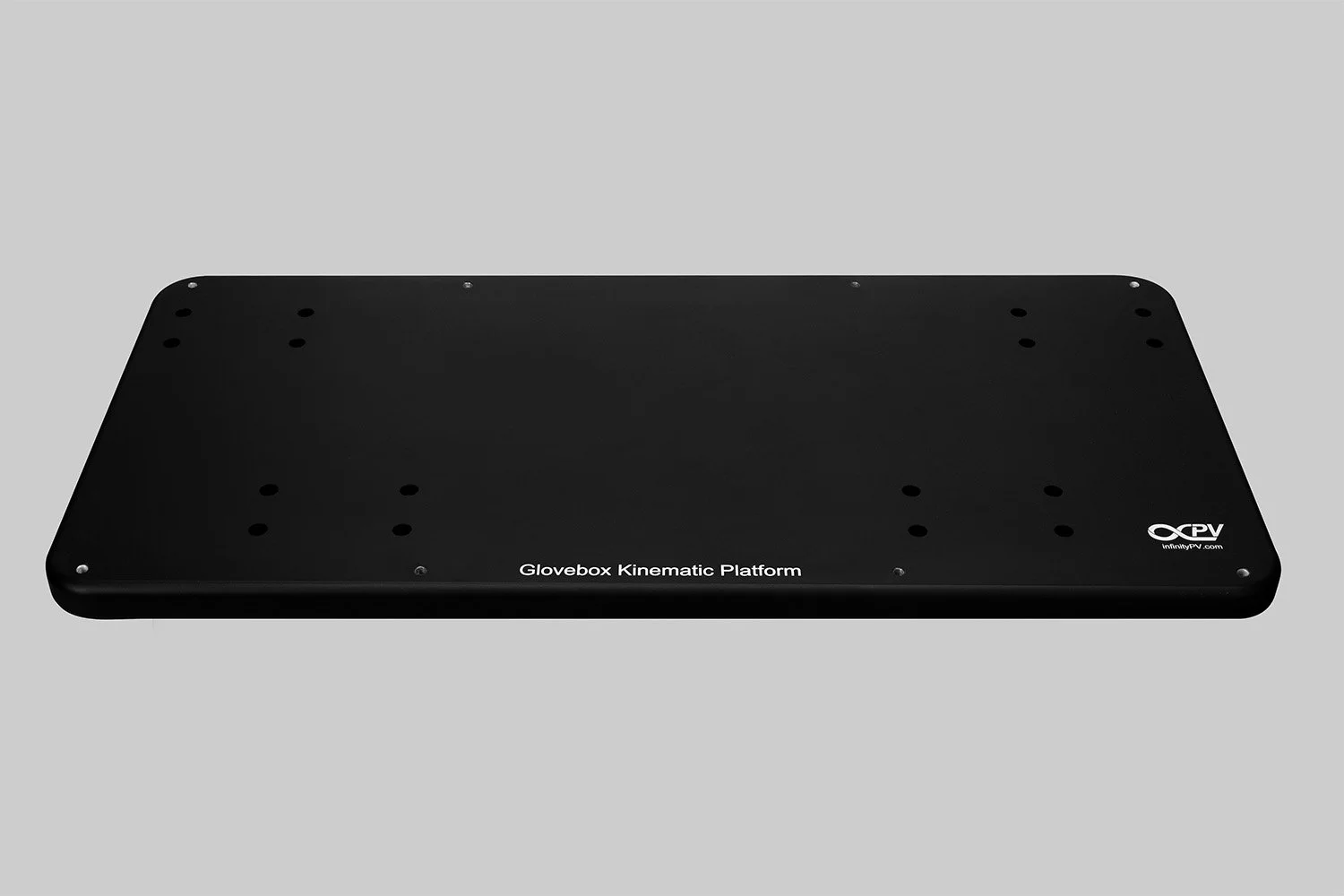

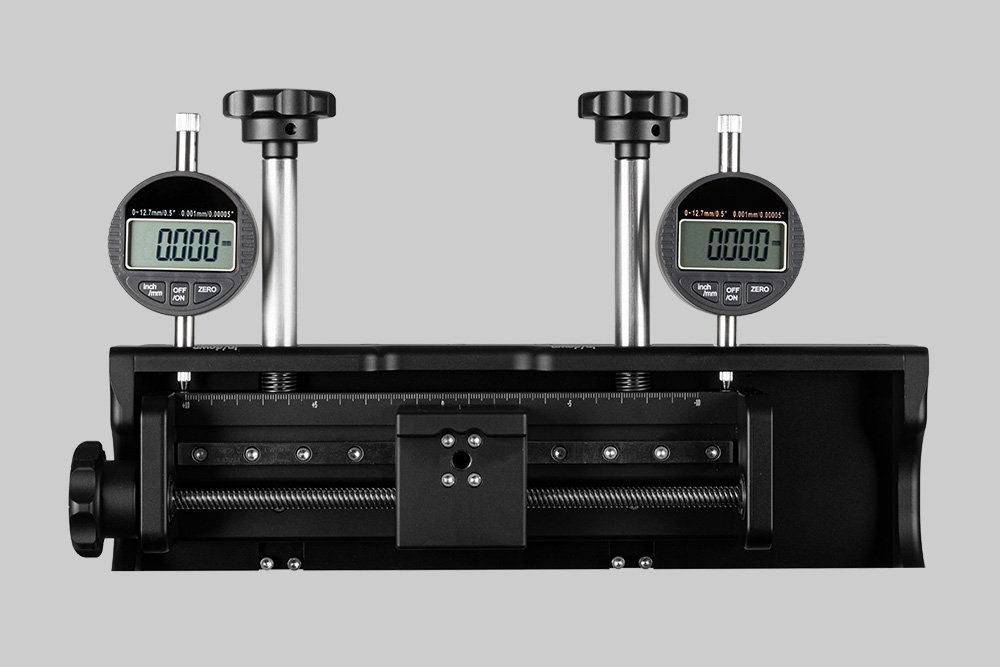
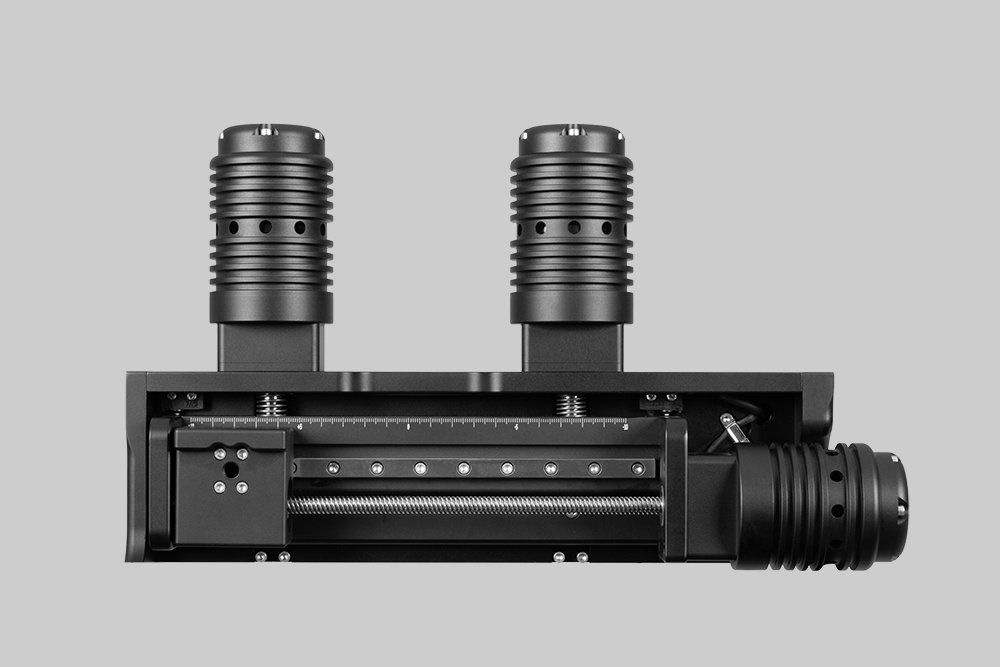

Probably the World’s Most Compact R2R Slot-die Coater: A compact, fully integrated roll-to-roll coating platform for laboratories, complete with a mounting system, anodized rollers, a syringe pump, a 65 mm stainless slot-die head and an infrared oven system—delivering unmatched precision and scalability.